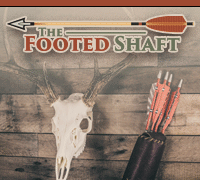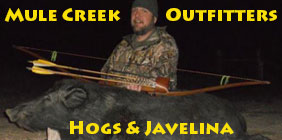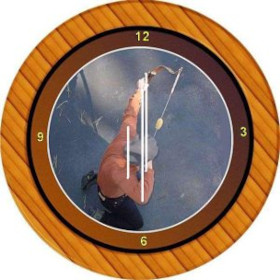If one would take the same basic limb dimensions and only adjust them for poundage and compare them, on average a slight R/D like a Robertson or a Northern Mist Superior or Baraga or a Tolke, would have less hand shock and more arrow speed. Some R/D bows have more of a forward grip than others. To get a Hill style reflex to have less shock, it takes some refined tillering and strategic lamination planning with more length. Even though both bows may bend to a 'D' the mechanics of the preload are not the same and the string angles will be less per inch of bow length in the R/D quite often. Not all Hill style bows are slower and not all R/D bows are faster. Just like a forward handle in a reflex ASL does not guarantee that it will be slower than a standard gripped ASL, there are differences in slight R/D that will cross the lines of expectations. As far as shooting qualities go, I own both I keep the bows that work best for me the benefits of one over the other is barely obvious. I will say for most the differences will be more in the grips, (some folks shoot better with the flat sided grips and some shoot better with more shape in the grip) and possibly (depending on your form and the bow) hand shock, but I would bet on average the R/D will still have more arrow speed. My Robertsons have about half to two thirds of what I would call a forward grip, my Morningstar is a full forward grip and my other ASLs have standard grips. What does the forward handle do? My Hill bows seem fairly forgiving even with the standard grips and they have nice balance and feel. My forward gripped Morningstar is tolerant of something my grip variations or release that makes it a little bit more consistent, just a little. I do not think the Robertsons would shoot nice at all without that deflexed grip, but as is I shoot them with the same rhythm and form as the ASLs, with just slight modifications in my grip on the bow. Which one would work best and is more forgiving of specific tendencies would vary with each person, it all depends on how you want a bow's specific refinements to fit you. One size does not fit all and that is a good thing. I firmly believe that one should shoot bows that match their most natural form. If one has a fairly fluid form, a bent arm and heals the grip they can shoot both R/D or Hill style bows with any grip style. For me personally, difference is grapefruits and oranges, I can hit a grapefruit with the standard grip, but I have a better chance of hitting the orange with the reverse grip, not much. But if a person has straight armed form and tends to release the arrow after 5 seconds to sometime later in the week, why beat yourself up over it, just shoot one of the many fine recurves available














